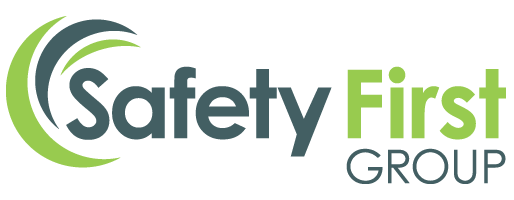Some industries are more vulnerable to the potentially devastating effects caused by Legionnaires’ disease and legionella contaminated water than many others. Care homes, and in fact the wider healthcare sector is one of these, and yet there have been recent cases whereby care homes have been identified as failing to meet their duties and requirements in this important area of health and safety compliance.
In the last few weeks a Nottinghamshire care home that failed to inform inspectors that legionella bacteria was found in its water system has been rated “inadequate” by the healthcare watchdog.
Inspectors said the home was already due to close within a few months.
The legionella was treated and no-one fell ill.
However the home was given an overall rating of “inadequate” by the Care Quality Commission (CQC) and placed in special measures.
Inspectors held the unannounced visit after concerns were received about safety and staffing from members of the public and other organisations.
A risk assessment found the home was at high risk of developing legionella bacteria in the water system. Legionella bacteria can be inhaled in droplets of water and result in serious ill health from Legionnaires’ disease.
Unsafe radiators
The risk assessment required refurbishments to be put in place within one month, but these had not been completed. The home said it would inform the CQC within two hours if legionella developed.
But the report said: “When we returned to the service a few days later, we found legionella had developed in the water system.
“This bacterial outbreak had been effectively treated. However, the provider had not followed the action plan as we had not been informed of the positive legionella test.”
The importance of competency in the risk assessment process
For any UK business, including care homes, controlling legionella in the workplace is a legal requirement. The starting point for any control scheme is a legionella risk assessment and this should be performed by a competent and knowledgeable person, to ensure it is undertaken in the proper manner. It should also be reviewed regularly, at least every two years or sooner if things change.
Simply having a risk assessment done every now and again is not enough; it must be shown to have enough detail to ensure every risk from legionella and Legionnaires’ disease has been carefully considered and suitably managed to protect people. These assessments must be available for inspectors to view whenever an inspection is conducted by the Care Quality Commission (CQC), Local Authority or Health and Safety Executive.
Following the HSE’s ACOP L8 to control legionella risks
The HSE’s ACOP L8 is the main health and safety document every care home should follow to ensure they are compliant with the law and the legionella guidance provided by the CQC. The ACOP L8 covers several important areas:
- Legionella risk assessments should be done to consider the risk of legionella contamination and Legionnaires’ disease
- A competent person, referred to as the responsible person should be made responsible for handling legionella compliance and processes
- Records must be made and kept for a minimum of five years, and should cover every aspect of the Code of Practice and recommendations
- Regular monitoring and water testing should be undertaken
- A proper water treatment system should be adopted if necessary, to keep bacteria at safe levels
- If legionella is found, it should immediately be reported
Expert legionella & Legionnaires’ disease risk management support
Find out more about our specialist legionella risk management services for care homes and healthcare operators.
Safety First specialises in a range of services aimed at preventing exposure to the Legionella bacteria including Legionella Monitoring, Legionella risk assessments, Online Legionella awareness training, water sampling. and Remedial Works.
No matter what your individual need is, we are sure to have a solution.
Sources https://www.bbc.co.uk/news/uk-england-nottinghamshire-68164456
https://www.hse.gov.uk/pubns/books/l8.htm
